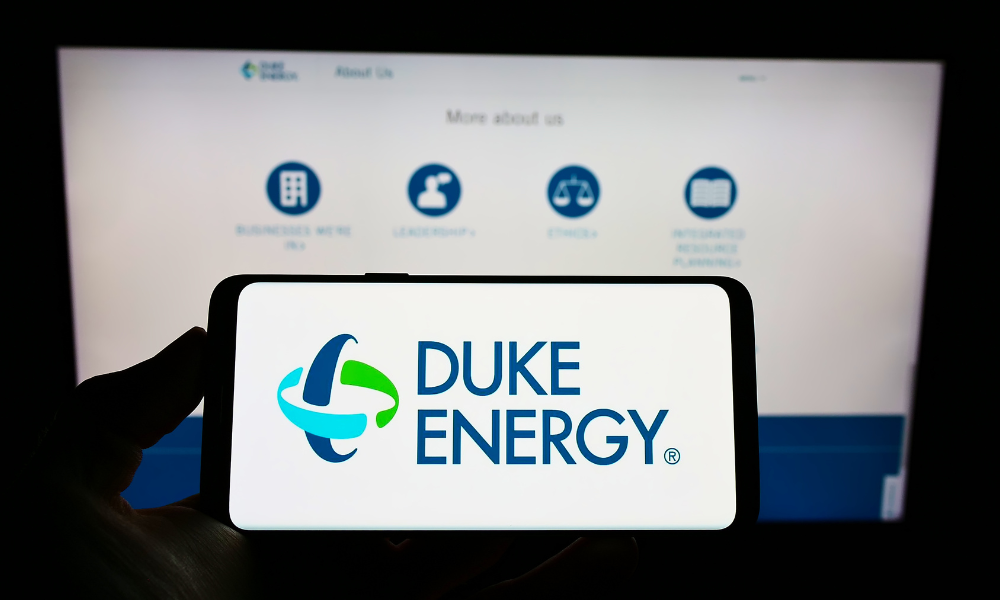Caterpillar, Molson Coors and Marriott warn of rising costs as US$15 billion tariff toll hits earnings

A growing number of global companies are facing a combined US$15bn hit to profits in 2025, driven by rising costs and weaker demand tied to US President Donald Trump's tariff policies, according to Reuters’ global tariff tracker.
The latest round of earnings showed that companies across sectors—from industrials and manufacturing to hospitality and consumer goods—are absorbing the effects through either margin compression or reduced forecasts.
Caterpillar reported a 0.7 percent revenue decline alongside a 6.5 percent rise in cost of goods.
CEO Joe Creed said tariffs are “likely to be a more significant headwind to profitability in the second half of 2025.”
Beer maker Molson Coors forecast US$20m to US$35m in added costs in the second half of the year due to a tariff-driven surge in aluminium prices.
In June, tariffs on aluminium shipped into the United States rose to 50 percent from the 25 percent rate imposed in March.
Hotel chain Marriott International cut its 2025 forecast due to softening travel demand.
Agribusiness firm Archer-Daniels Midland posted its lowest profit in five years.
Fast-food chains such as Taco Bell parent Yum Brands and McDonald's pointed to higher ingredient costs, and leaned on budget deals to maintain consumer interest amid reduced restaurant spending.
Despite these challenges, markets have shown resilience.
The S&P 500 recently reached record highs, lifted by strong earnings from tech firms known as the Magnificent Seven, which have seen gains fuelled by investment in artificial intelligence.
Of the 370 S&P 500 companies that have reported so far, 80.3 percent have exceeded analyst estimates, with an earnings growth rate of 11.9 percent, according to LSEG data.
Market sentiment improved after Trump declared “Liberation Day,” when a sweeping set of global tariffs was introduced.
Steve Sosnick, chief market analyst at Interactive Brokers, said, “The tariffs are still in their infancy, especially with major trading partners like Canada, China and India still in flux.”
While some strategists remain optimistic, others caution that volatility may return.
Evercore ISI analysts forecast a possible market dip of 7 percent to 15 percent between September and October, citing slowing growth and rising inflation, though they expect the AI-driven bull rally to continue.
“We are figuring out that some industries may be affected, but they also might gain because (new) markets are open to them that may have been closed in the past,” said Kim Forrest, chief investment officer at Bokeh Capital Partners.
She added that it may take a few more quarters to understand how the situation will unfold.
More than 100 global companies have withdrawn or revised financial guidance this year due to tariff-related uncertainty. Still, some market participants see signs of recovery.
“It seems that companies themselves are a little more optimistic about the outlook now that the Liberation Day tariffs are in the rearview mirror,” said Ross Mayfield, investment strategy analyst at Baird.
“Companies are going to have to be really deft in how they navigate this (tariffs),” he said, adding that passing some of the cost on to consumers is inevitable.
He also noted that while S&P margins remain near record highs, a slight decline in the coming quarters wouldn’t be surprising.
Trump has said the tariffs are essential to address US trade imbalances and declining manufacturing power, claiming they will bring jobs and investment back to the United States.
On Tuesday, he announced plans to raise tariffs on Indian goods beyond the current 25 percent, citing disputes over India's oil purchases from Russia.
White House spokesperson Kush Desai stated the president’s trade deals “have unlocked unprecedented market access for American exports to economies that in total are worth over US$32 trillion with 1.2 billion people.”



